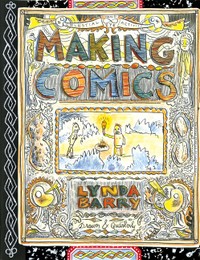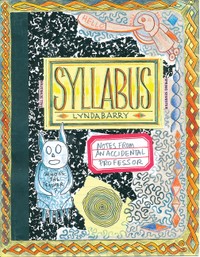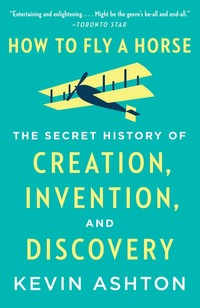They don’t really know what they’re doing
It’s not a particularly fashionable idea right now but if you scratch any interesting artist you’ll hear that one of the key components to how they do it is that they don’t really know what they’re doing. […] If you don’t know what to expect, there’s a chance the listener and reader will find themselves in a place they wouldn’t expect to end up, that’s where interesting art resides.


